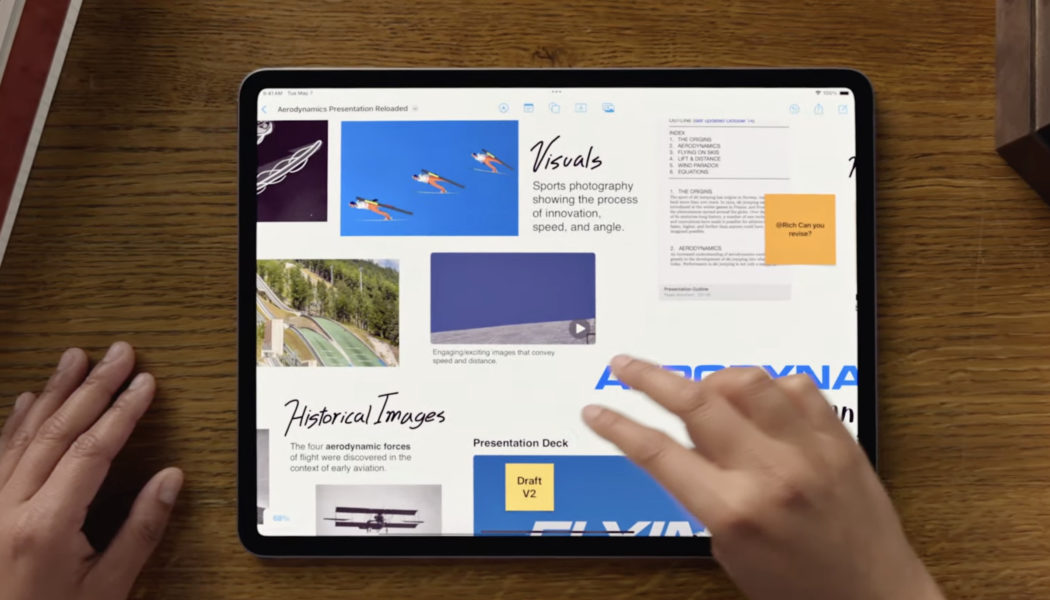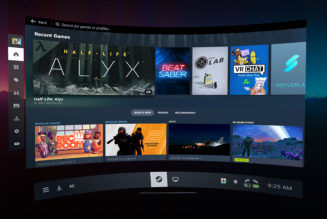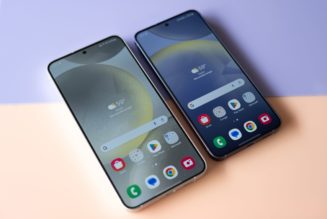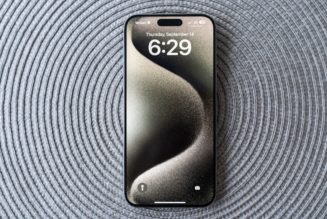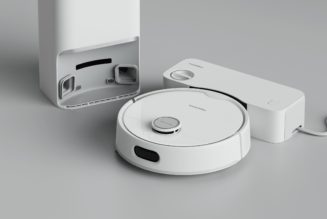The latest iPads may feature similar sizing, but they’re still different tablets with different capabilities.
Share this story
See our ethics statement.
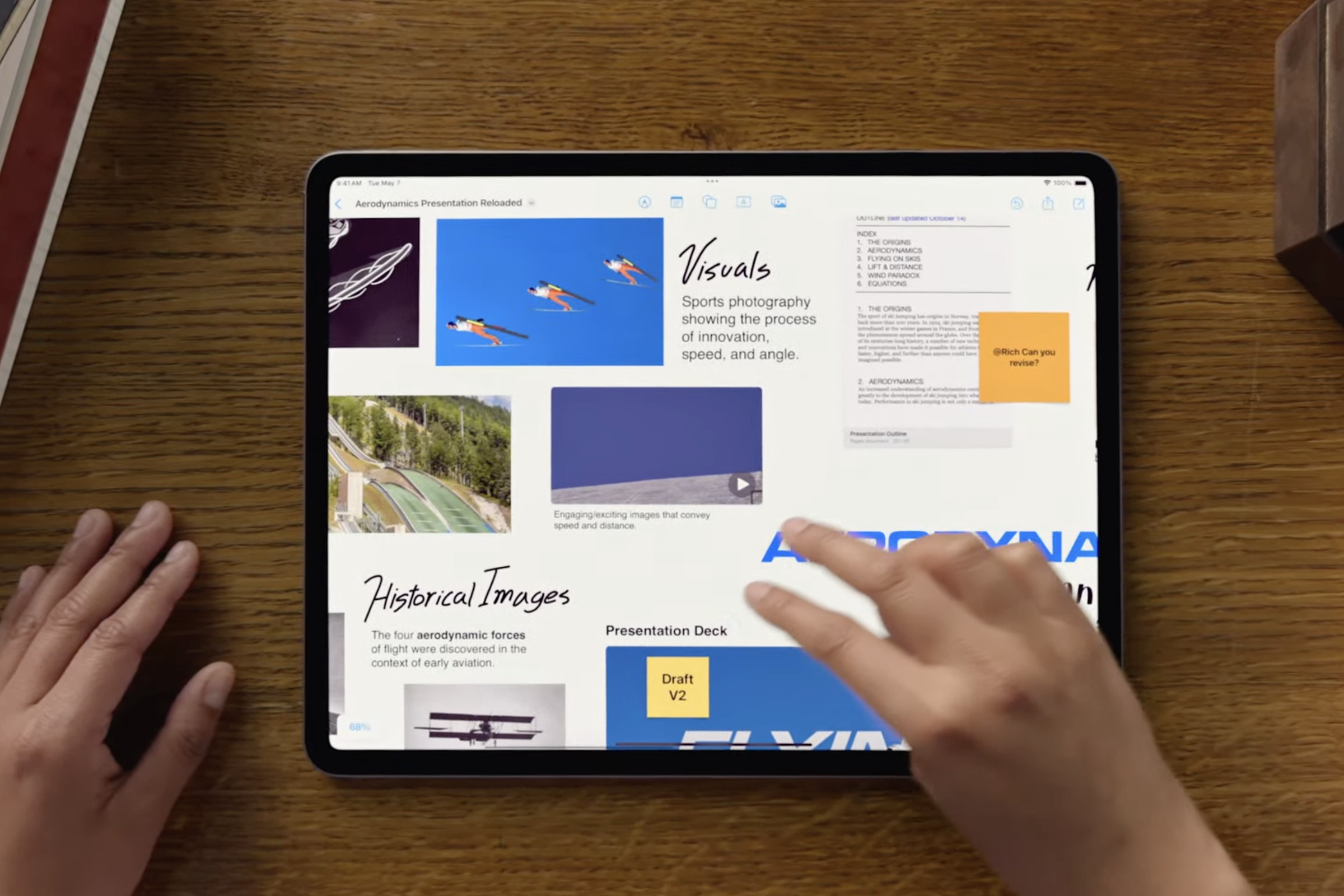
After nearly a two-year wait, Apple finally updated its iPad lineup with a thinner iPad Pro and new iPad Air. The new tablets start at $999 and $599, respectively, and both are already available for preorder ahead of their May 15th release date.
These are no iterative spec updates, either. For the first time, Apple added an OLED display to the iPad Pro, along with a new M4 chip. Apple also added a 13-inch Air to the lineup, so both models are now available in 11- and 13-inch sizes. Combine that with their support for the same styli — specifically the Apple Pencil with USB‑C and forthcoming Apple Pencil Pro — and you now have more options to consider if you need a big tablet for work or play.
Yet, while the iPad Air and iPad Pro now look more alike, they differ enough under the hood that it’s worth exploring what separates the two tablets. Yes, we can confirm the iPad Pro is remarkably thin and features a great-looking OLED display, but is it really worth forking out an extra $400 if you just need a tablet for entertainment purposes?
To help you decide which tablet makes the most sense for you, we’ve compared the raw specs of both and highlighted the main differences so you can make an informed decision. We’ll also soon be publishing our full reviews of both tablets, so be sure to check back.
Let’s start with the basics. Pricing is the most obvious differentiator between the new iPad Pro and iPad Air. The Wi-Fi-enabled 11- and 13-inch iPad Airs start at $599 and $799, respectively, while the cellular models start at $749 and $949. Both offer double the base storage of the 2022 model (128GB vs. 64GB), though you can also configure it with up to 1TB of storage.
In contrast, the Wi-Fi-enabled 11-inch iPad Pro starts at $999 and the 13-inch model at $1,299, while their cellular counterparts start at $1,199 and $1,499, respectively. Both base models also sport 256GB of base storage — double that of the latest Air — and go all the way up to 2TB.

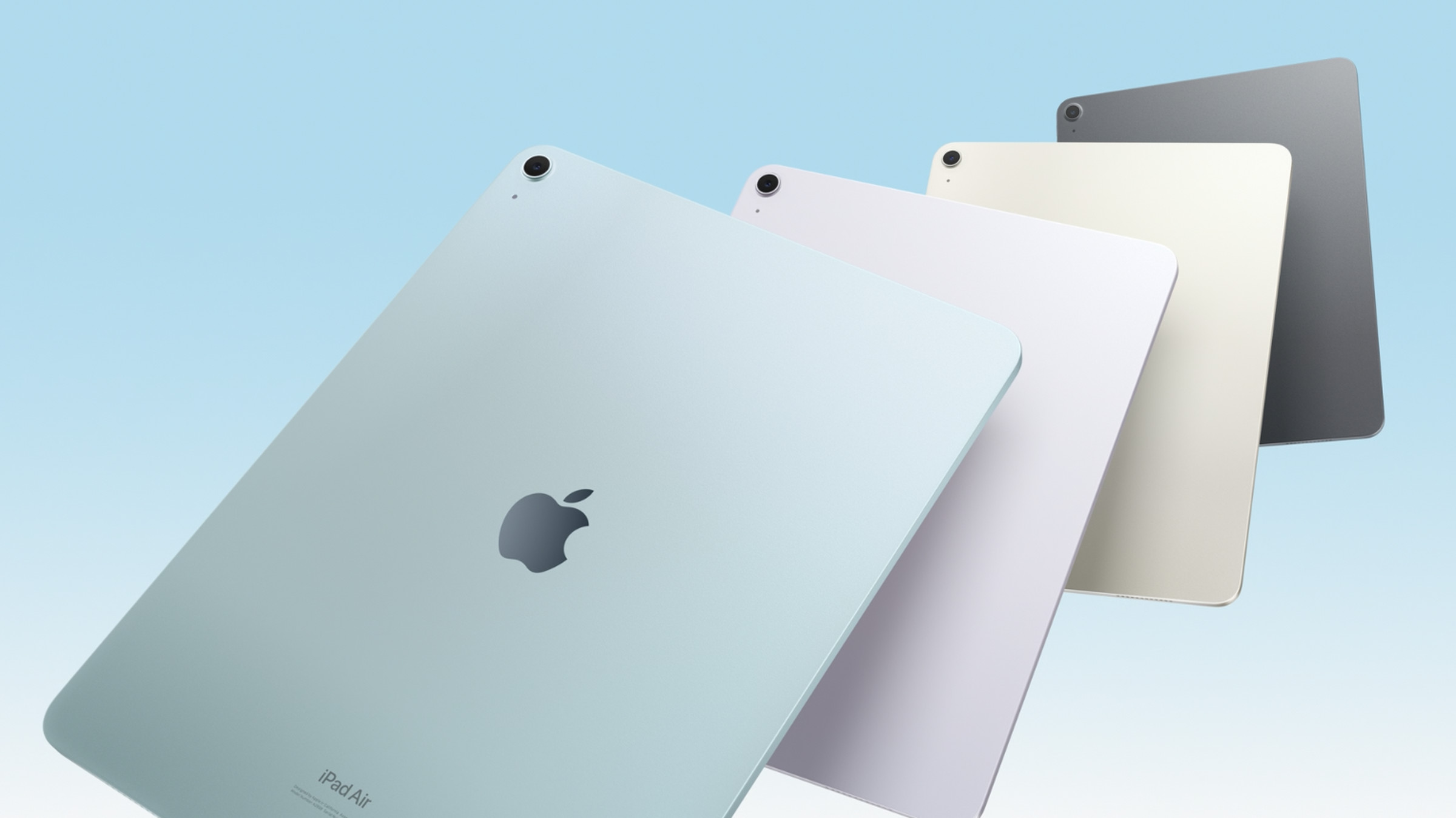
In addition to the pricing differences, Apple’s latest tablets differ when it comes to design and display tech. We’ve yet to put the tablets to the test, but in our brief time with the iPad Pro, we were struck by how thin and light it was (it even weighs less than the iPad Air). Sadly, the Pro model is also less colorful; it only comes in black and silver, whereas you can buy the latest iPad Air in dark gray, starlight gold, light purple, and light blue.
Both tablets also ship in two size configurations — 11-inch and 13-inch — but only the Pro model comes with Apple’s new Ultra Retina XDR display, which uses two OLED panels in tandem for increased brightness. As a result, the iPad Pro is capable of providing 1,000 nits of full-screen brightness for SDR / HDR content and up to 1,600 nits peak for HDR.
The iPad Pro’s crisp OLED display also allows for better contrast and deeper black levels than the LED display on the new iPad Air. This means iPad Pro owners won’t have to deal with blooming, which is when the light from bright on-screen objects bleeds into darker areas surrounding it. And with the nano-texture glass options available for the 1TB and 2TB models, iPad Pro owners should also encounter less glare.
Along with OLED displays, the iPad Pro continues to support Apple’s ProMotion technology and a max refresh rate of 120Hz, unlike the iPad Air. As a result, iPad Pro users will enjoy a smoother scrolling and gaming experience, while digital artists will enjoy greater responsiveness when drawing with the Apple Pencil.

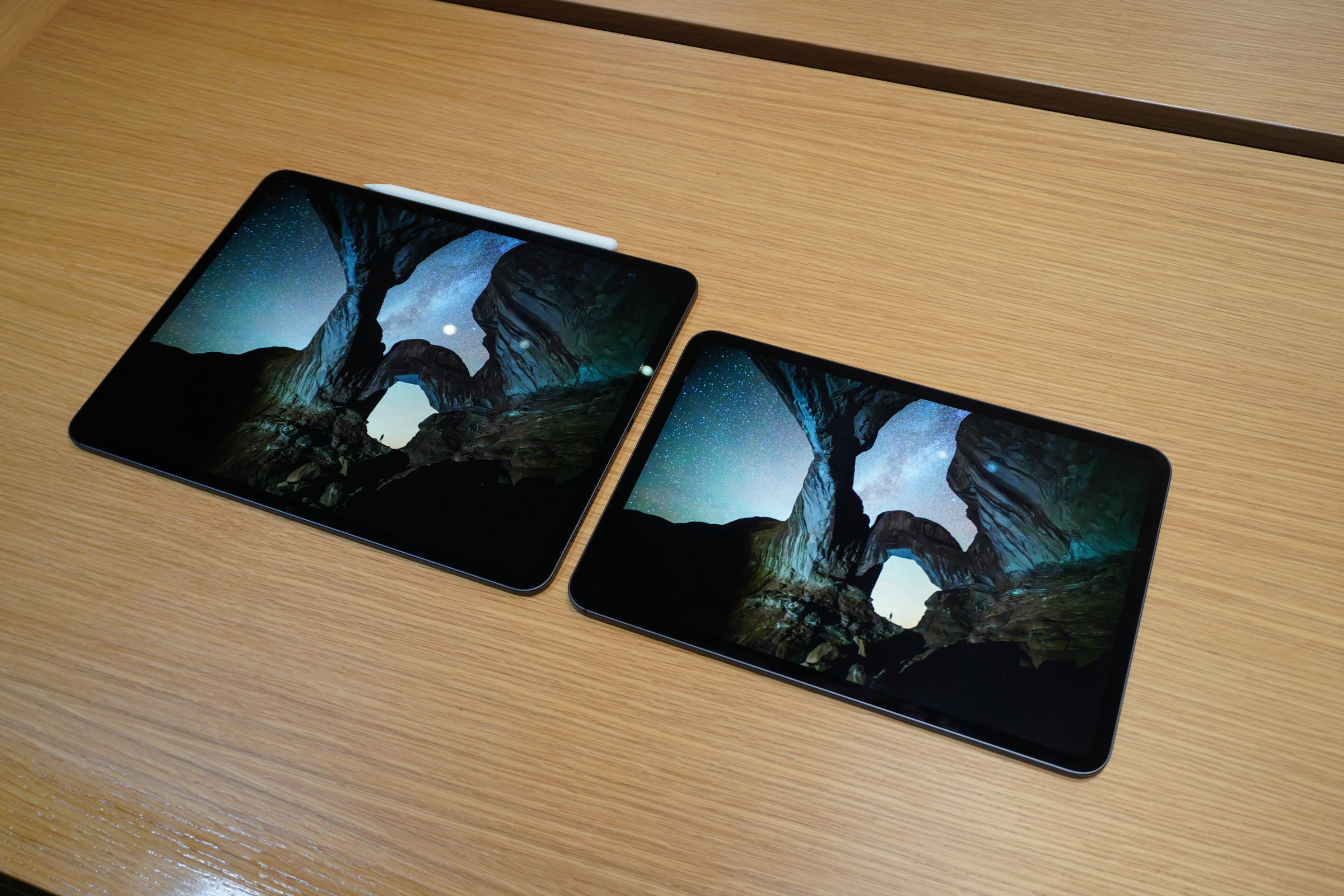
The new iPad Pro is now powered by Apple’s M4 chip, while the new iPad Air now comes equipped with an older M2 processor. According to Apple, the new iPad Pro offers 50 percent faster CPU performance than the M2-powered iPad Pro — and thus, likely, the new M2-equipped iPad Air as well. And when you upgrade to the 1TB version, you’ll get a faster 10-core M4 chip, which marks the first time Apple has offered a processor upgrade for a specific iPad model. Despite the increased power, however, Apple says the new M4 processor actually uses half the power of the last-gen M2.
Along with improved CPU performance, the M4 model delivers a more powerful Neural Engine that Apple says is 60 times faster than the first one it introduced in the A11 Bionic model in 2017. It’s also capable of 38 trillion operators per second (TOPS), which refers to the number of math calculations it can solve per second. Again, we’ve yet to put the tablet through its paces, but that number is still less than Qualcomm’s impressive Snapdragon X Elite’s 45 TOPS chip, which is coming to Windows laptops soon.
The new iPad Pro also comes with GPU upgrades and includes hardware-accelerated ray tracing and mesh shading, which can help game developers improve complex scenes. The M4 chip brings support for Dynamic Caching tech to the iPad for the first time, too, which boosts the performance of professional apps and games by optimizing how much memory the tablet uses for each task.
Both the new iPad Air and iPad Pro support a number of Apple’s own accessories, but, strangely, neither supports the second-gen Apple Pencil. However, they do support the Apple Pencil (USB‑C) released last year and the new Apple Pencil Pro. That means both Pro and Air owners can take advantage of the new Apple Pencil Pro features, including Find My support, haptic feedback, and squeeze gestures. And now that the iPad Air features the M2 chip, artists can use the hover feature once reserved for the iPad Pro, which lets you preview line strokes made with the Apple Pencil before you mark the screen.

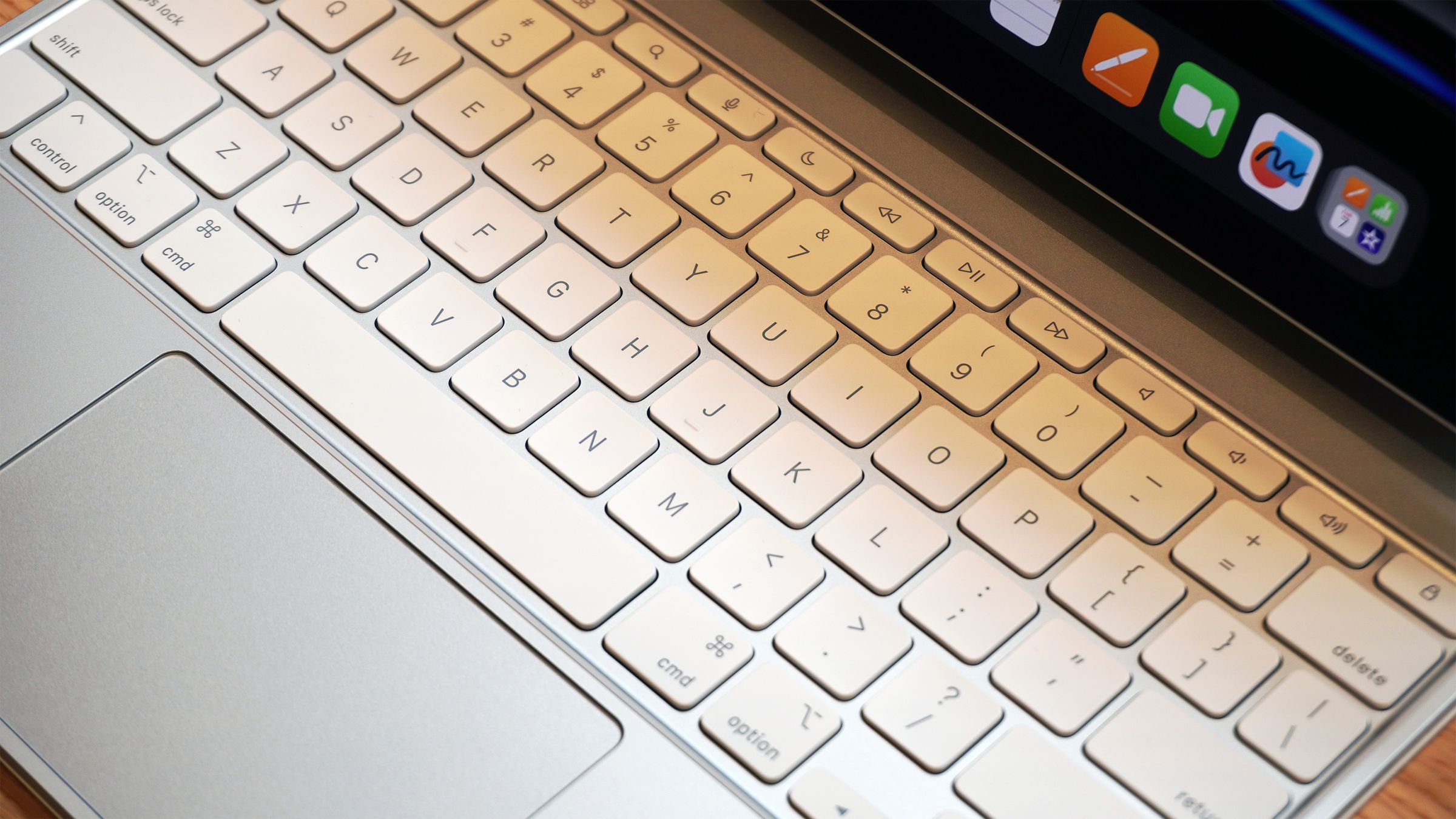
The iPad Air also supports Apple’s existing Magic Keyboard — now known as the Magic Keyboard for iPad Air (M2) — but it won’t work with the forthcoming Magic Keyboard for the iPad Pro (M4). That means only iPad Pro owners will be able to use the high-end aluminum keyboard, which is both lighter and thinner than previous models. The newer keyboard also features a bigger, more responsive trackpad, two color options, and several new features, including a function key row.
As for other accessories, Apple once again offers a Smart Folio cover for the iPad Air and iPad Pro, which is available in 11- and 13-inch sizes. Unfortunately, the Smart Keyboard Folio — aka the cheaper, trackpad-less alternative to the Magic Keyboard that Apple rolled out alongside the third-gen iPad Pro — isn’t available for the newest models, though you technically could still use the 11-inch version with the sixth-gen iPad Air.
The iPad Air still only offers two stereo speakers and mics, whereas the iPad Pro features a quad-speaker system and four mics. If it’s anything like its predecessor, that means the new Pro models will sound much better than the iPad Air and deliver louder, fuller sound. That, combined with the aforementioned OLED display, means the iPad Pro will probably remain the best tablet to watch movies on.
Last but not least, Apple has moved the front-facing cameras on both tablets to the longer edge, which should allow for more comfortable video calls when in landscape mode. Both tablets also sport 12-megapixel f/1.8 cameras, but only the iPad Pro features adaptive True Tone flash for removing shadows from scanned documents.
Those are just some of the most notable differences between the forthcoming iPad Air and iPad Pro. If you want to dive into the nitty-gritty details, the table below highlights all the relevant specs — including those for the last-gen iPad Air and iPad Pro.
